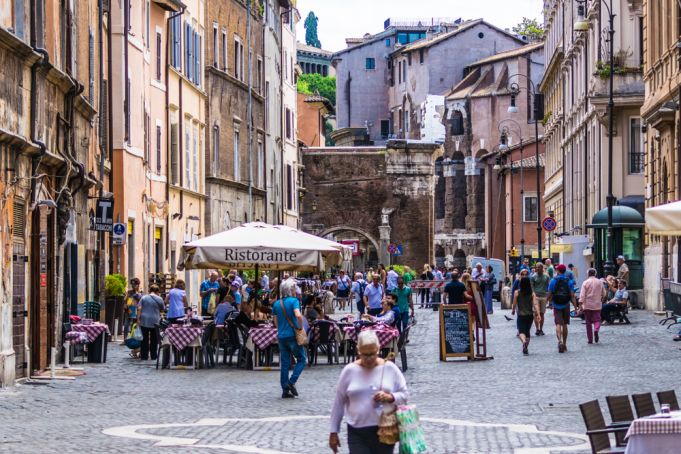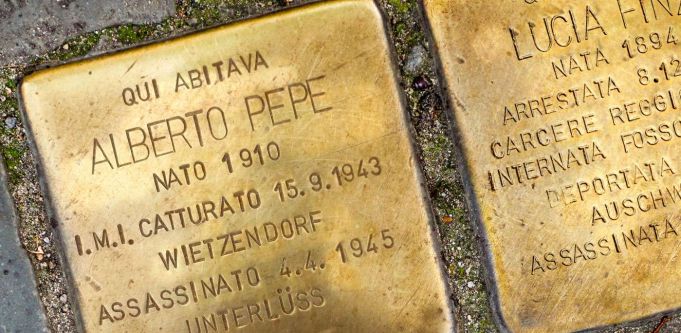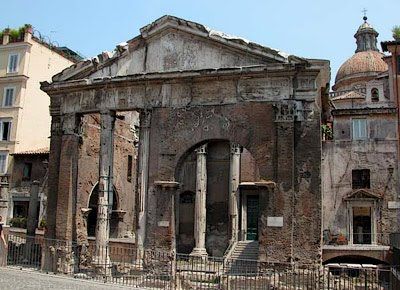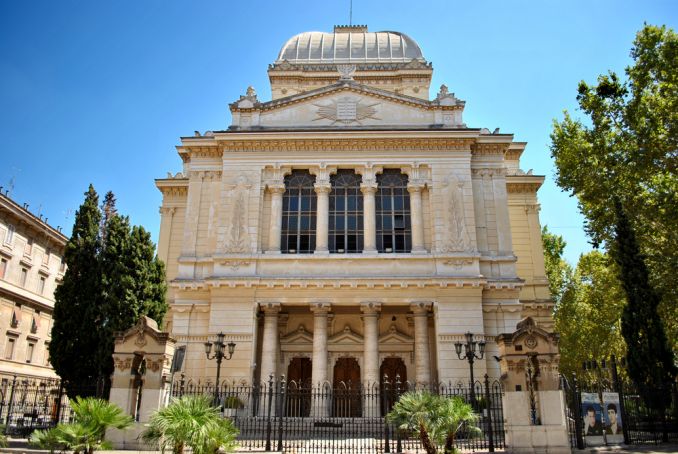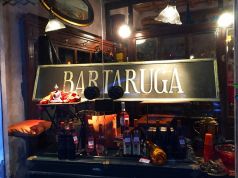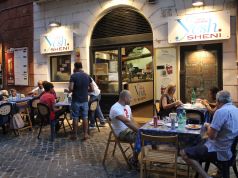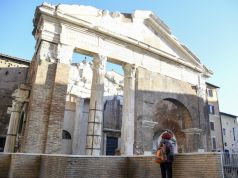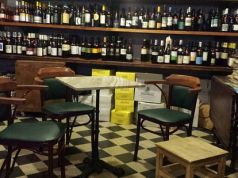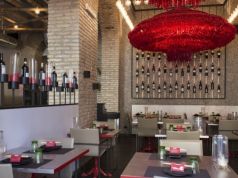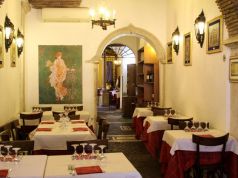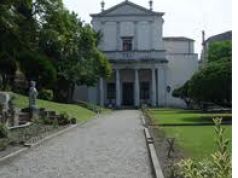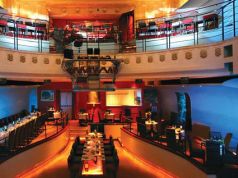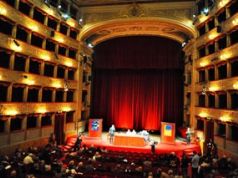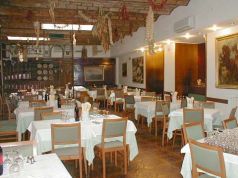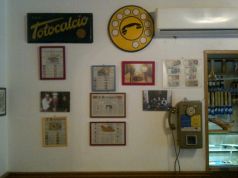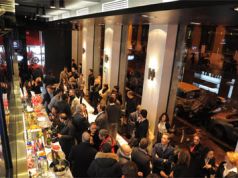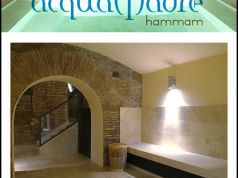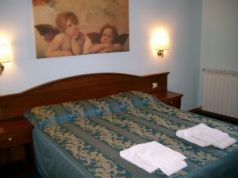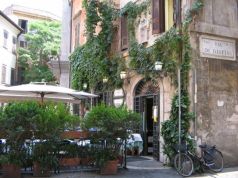Jewish Ghetto neighbourhood
The Jewish Ghetto area in Rome stretches from Largo Argentina to the river Tiber.
Not much of the original Jewish ghetto remains as it was razed to the ground after the unification of Italy when the Jewish inhabitants, once restricted to its confines by the papacy, were allowed to live in other parts of the city.
Also read: The Jewish artichokes, one of the best known dishes of Roman cuisine
The imposing synagogue, which was built at the end of the 19th century, is still the centre of the area and large apartment blocks of the same era were built around it. The only remaining parts of the old ghetto are around Portico d’Ottavia and the narrow lanes that lead to Largo Argentina. Considerable restoration has been done in the area over the last decade and it is now a busy pedestrian precinct with new street restaurants cropping up almost every month. The old feel of the one-time ghetto is disappearing fast under the onslaught of tourists.
There is a choice of kosher food, two excellent bakeries, and hardware supermarket. There is some street parking along the river
THINGS TO SEE
Brass Memorial Cobblestones
On 16 October 1943, 1,016 Roman Jews, including 200 children, were rounded up in the Ghetto and sent to Auschwitz on a sealed train. Only 16 of them returned. Visitors to the Ghetto today will notice cobblestone-sized brass memorials listing the names, dates of birth, deportation and death in the Nazi extermination camps of some of its inhabitants. The plaques are installed on the pavement outside the homes of the Holocaust victims.
Palazzo Cenci
Designed by Martino Longhi il Vecchio, this small Renaissance palace is best known as the site of the murder of the abusive aristocrat Francesco Cenci by his family in the 16th century. The role of his daughter Beatrice in the murder led to her public execution and some say her ghost still haunts the palace. A presumed portrait of Beatrice by Guido Reni in Palazzo Barberini has inspired many writers and poets such as Stendhal and Shelley
Portico D'Ottavia
The Portico d’Ottavia is a group of ancient monuments rebuilt by Octavian (later the emperor Augustus) around 27 BC and dedicated to his sister Octavia. Over the centuries it has survived fire, had its marble and artworks pillaged, and was used as a fish market from mediaeval times until the end of the 19th century. It has undergone numerous reconstructions and remains the largest Roman archaeological attraction in the ghetto.
Synagogue
The Great Synagogue is the largest in Rome and one of the largest in Europe. It was built at the beginning of the 20th century to celebrate the opening of the ghetto walls throughout Italy and the emancipation of the Jews after the unification of Italy in 1870. In 1986 Pope John Paul II visited the synagogue, marking the first visit by a pope. In addition to being a place of worship, the synagogue serves as a cultural and organisational centre for the city’s Jewish community and also houses the Jewish Museum of Rome.
General Info
View on Map
Jewish Ghetto neighbourhood
Jewish Ghetto, Rome



